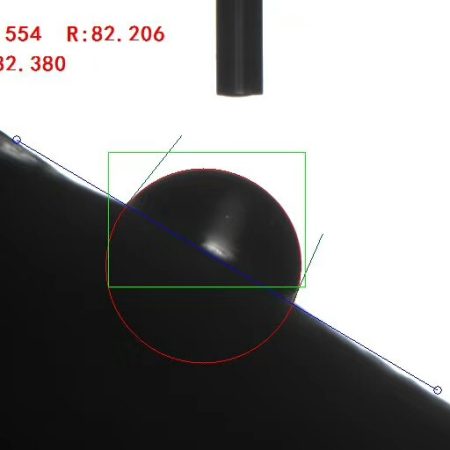The influence of viscosity on the wettability of ink
The wettability of ink refers to whether the ink can be evenly developed on the printing surface, which is closely related to the contact of the surface of the printing material. Viscosity is an important physical property of ink. It refers to the internal resistance caused by the interaction between molecules inside ink. It is usually used to describe the viscosity of ink.
The influence of viscosity on the wettability of ink
Viscosity has an important effect on the wettability of ink. Specifically, the ink with too high viscosity is easy to form uneven film when it comes into contact with the printing material, resulting in the ink difficult to evenly wet the surface of the printing material during printing, thus affecting the printing quality. In addition, too high viscosity ink will also reduce the ability of ink transfer to the printing material, affecting the printing speed and efficiency of ink.
On the contrary, too low viscosity ink may form too thick ink film on the surface of the printing material, resulting in increased ink fluidity, difficult to maintain stable printing quality during printing.
Therefore, the viscosity of ink has an important effect on its wettability. In practical application, it is necessary to select the appropriate ink viscosity according to the characteristics of printing materials and the requirements of printing technology, so as to ensure the uniform wetting and transfer ability of ink in the printing process.

